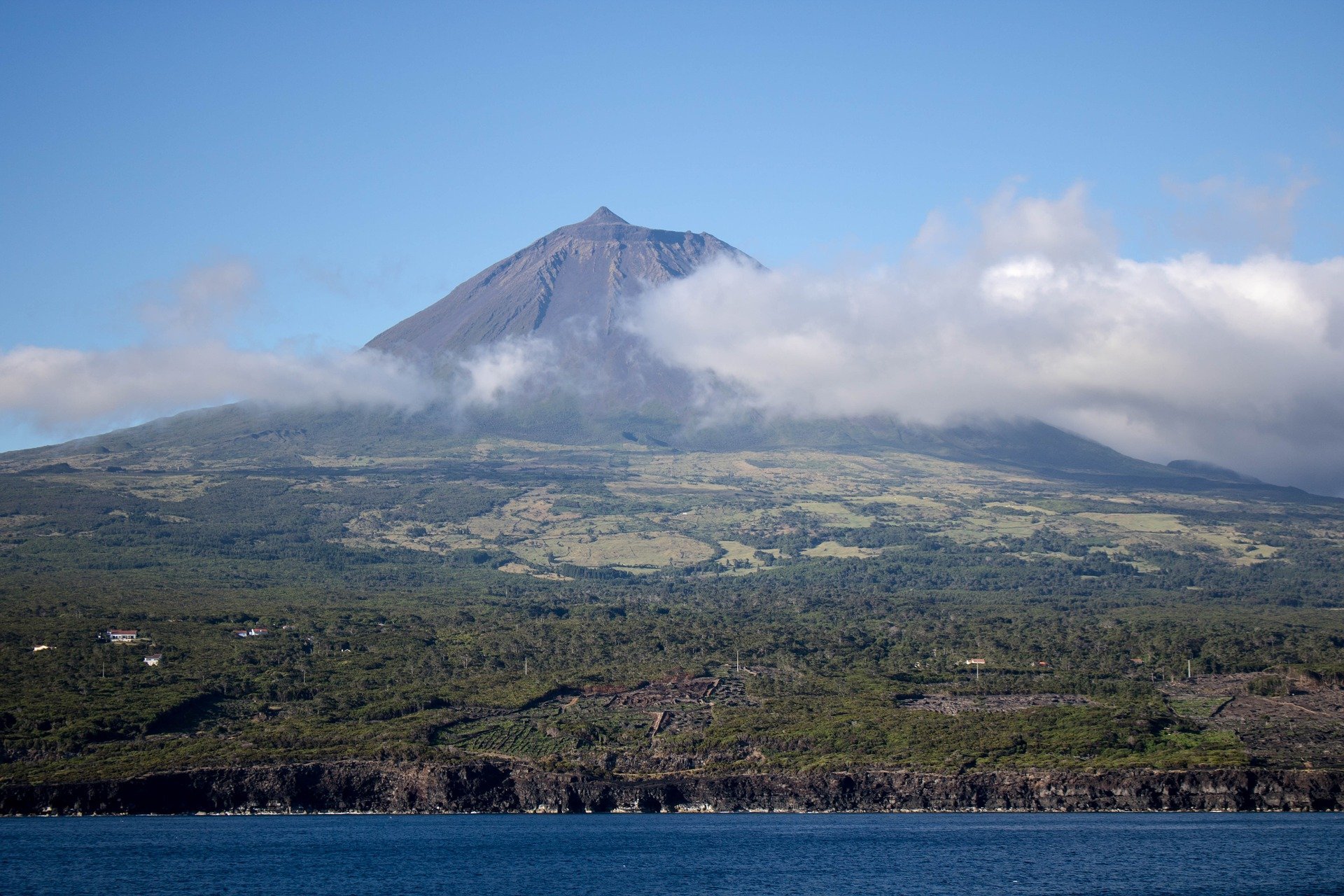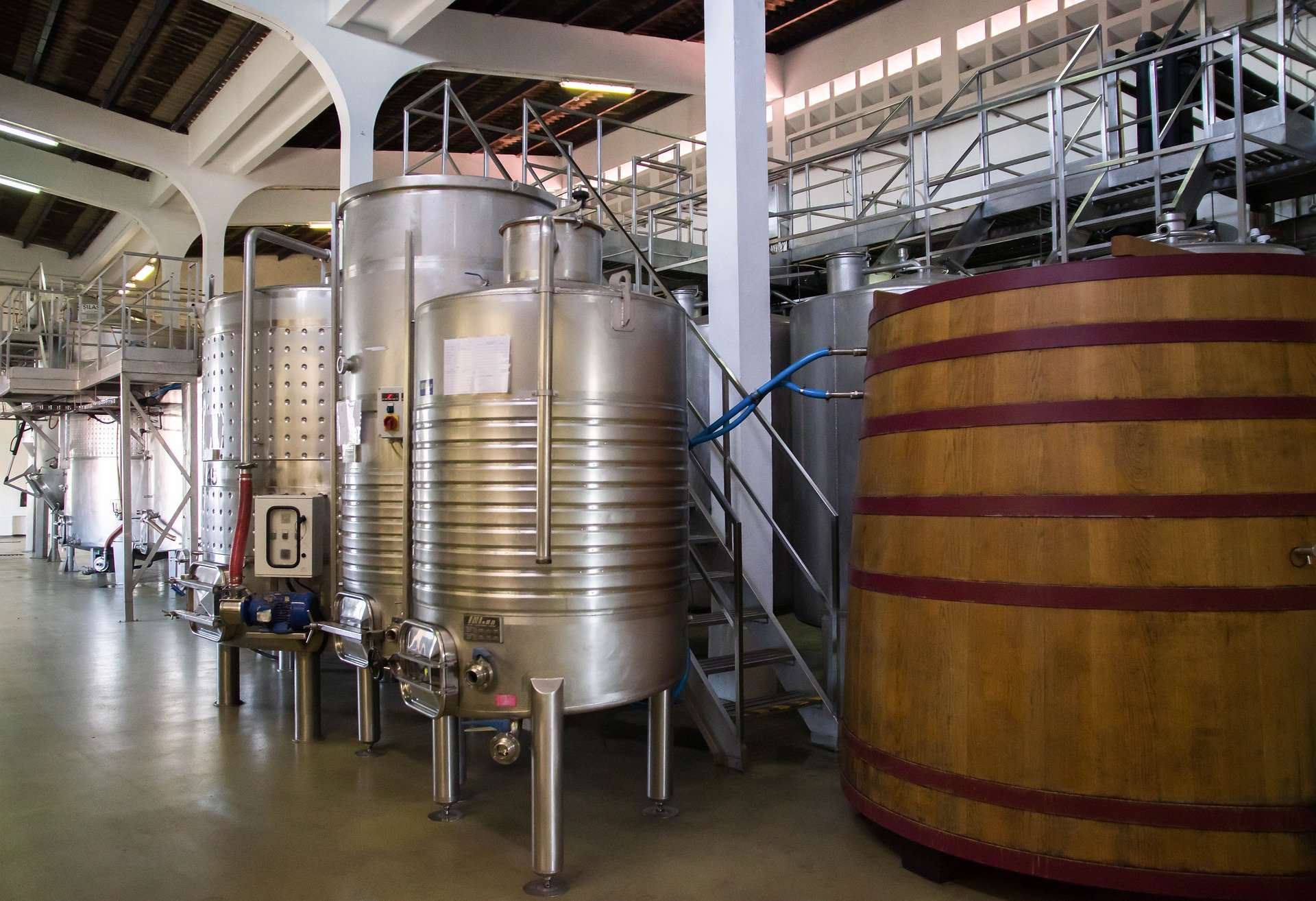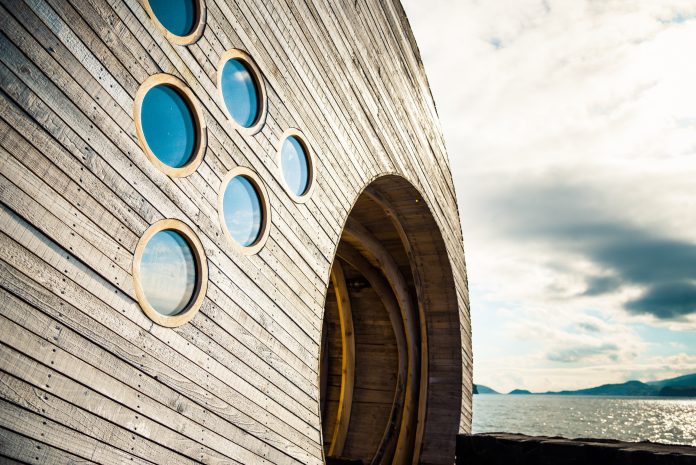Standing alone in the middle of the Atlantic Ocean, it’s one of Portugal’s least known wine regions, the Azores Archipelago. The region is 1.600 km West of Continental Portugal and is an autonomous territory inside the Portuguese Republic. The Azores is comprised of 9 islands: Corvo, Flores, Faial, Graciosa, Pico, São Jorge, Terceira, Santa Maria and São Miguel. However, out of all of these, only Pico, Graciosa, and Terceira produce wine. The Azores is known for producing liquor wines, but it’s starting to change this and try to broaden its market to table wines as well. So why not learn about and give a try to these Atlantic wines?
Guide to the 9 Islands of Azores
History of Azores Wine
When the islands started being colonized in the 15th century, the super-religious Portuguese Crown immediately introduced the Catholic Church to the area. The Catholic religious orders that settled in the Azores, namely the Franciscans, started, as they used to do on the mainland, to plant vines.
This was because when the priests got there, they noticed similarities between the soil and climate conditions of some of the islands and those of Sicily. They started to plant the most known grape type (the ‘Verdelho’) and it grew quickly. The priests then started to plant vines throughout all of the islands.
The wines soon became known all over Europe, being exported to the North of Europe and even to Russia, especially the wine produced in Pico. It is thought of as being greatly appreciated by the Tsars of Russia, as after the Bolshevik Revolution some Pico Verdelho wine bottles were found in the basements of the old Tsars.
Nowadays, however, after the vine diseases attacked the islands, only Pico, Terceira, and Graciosa (the islands known as the Central Group) managed to keep their vine planting tradition.
The Wine Region of Azores
In 2004, the certification of VR (‘Vinho Regional’ or Regional Wine) was introduced to the Azores. It included all dry red and white wines that complied with the quality regulations of the VR. This made many producers in Pico (known for its liquor wine) try to make table wines.
However, even before this, in 1994, the region’s DOCs were created. These were 3 DOCs:
1. Pico DOC
A DOC for liquor wines (mostly white), known for its complex spice taste, full-body, and well-structured.
The region is also known for having most of its vineyards in tiny walled plots known as ‘curraletas’, used to protect the vines from the Atlantic winds.
As said before, the soil is different from the rest of the islands. This is because the island is dominated by Pico Mountain, the highest point in all of Portugal, and it has a very rocky surface made out of black basalt. The other islands produce agricultural products, due to their soil being able to support various crops. However, in Pico, there are very few crops that one can grow besides grapes. Even grapes have lower yields than on other islands and production is aided with imported soil from the neighboring Faial island. This makes the island have the most wines since it’s basically the one crop that is good and profitable.
Currently, the island produces around 1 million liters of wine, with most of it staying on the island, but the production is believed to double soon, as well as exports.
Besides liquor wines, the region also produces non-liquor Verdelho wine, a wine that enjoys a great reputation in countries like Russia, Brazil, and the UK. However, these do not enjoy the DOC seal.
2. Graciosa DOC
In Graciosa there is a combination of fortified wines with table wines. These are mostly light, fresh, dry, and fairly fruity white wines.
3. Biscoitos DOC (on Terceira Island)
Quite similar to the Pico wine, Biscoitos wine is liquory, mostly white, with a spice taste, full-bodied and well-structured, and even being cultivated in the ‘curraletas’!
The name (which means ‘biscuits’ in Portuguese) is due to the region’s soil, which is really dark and stony, similar to the biscuits that the Portuguese navigators, in the Age of Discoveries, used as bread.
Climate and Terroir of Azores

To understand the uniqueness of the Azorean vineyards, we must first understand the uniqueness of the Azorean islands themselves. Standing on the intersection of the American, African, and European tectonic plates, right in the middle of the Atlantic Ocean, these islands are a result of volcanic eruptions.
This means that all islands have fairly recent volcanic soil, which is great for vine production. The only exception is Pico which has deep soils made out of basaltic rocks and clay, which makes for even better production. These Terroirs, together with all the other conditions, create generous wines that have a unique acidity and freshness.
The Azorean climate is very temperate, as it is completed surrounded by the Atlantic Ocean, with average temperatures of around 13ºC in winter and 24ºC in summer.
It’s said that you can have every season in one day since the climate can change a lot in 24 hours, but it never rains more than a couple of days in a row. However, it does rain a lot and there’s lots of humidity.
As we’ve seen, most of the vines have to be planted in covered places because of this, and this is why there are the ‘currais’ or ‘curraletas’, stone walls where people plant the vines to protect them from the wind and the salty winds from the sea.
Grape and Wine Types in the Azores

In the Azorean region as a whole, most of the wines are white or licquory and the most used grape varieties are the Verdelho (probably the mother variant of the other 2 varieties), Arinto dos Açores (unique to the islands) and Terrantez do Pico (a grape variety also unique to the islands and known for its saltiness). More specifically:
- Pico and Biscoitos: Verdelho (although slowly disappearing in Pico, it’s the most common in Biscoitos), Arinto dos Açores (95% of Pico’s vineyards, since it’s the most resistant to deseases) and Terrantez do Pico.
- Graciosa: Verdelho (also the most common grape type in Graciosa), Arinto dos Açores, Terrantez do Pico, Boal and Fernão Pires.
The reason for the lack of red wine is that the climate does not allow for good production of these wines, mainly due to the low sunlight that the region gets when compared to what the red grapes need. A small quantity is still produced, mostly of young wines, since the potential for aging is little.
Azores Wine Suggestions: Best Wines in Azores
As we’ve seen, the Azorian wines are of good quality and if you’re feeling curious to try these wines produced in the middle of the Atlantic, here are some brands that you can try:
- Terrantez do Pico – Azores Wine Company
- Arinto Sur Lies – Azores Wine Company
- Verdelho O Original – Azores Wine Company
- Muros de Magma – Adega Cooperativa dos Biscoitos
- Curral Atlantis
- Pedras Brancas – Adega e Cooperativa Agrícola da Graciosa
- Cacarita – Adega A Buraca
- Vinho Donatário – Museu do Vinho dos Biscoitos
- Frei Gigante – Cooperativa Vitivinícola do Pico
- Rosé Vulcânico – Azores Wine Company
- Jardinete Chardonnay – Quinta da Jardinete
- Cancela do Porco
3 Best Azores Wine Tours
1. Wine Tasting Tour on Pico Island
If you are traveling through the Azores, you have to visit the island with the highest mountain in all of Portugal, Pico Island. And while you’re there, why not discover the amazing wine landscape this island has to offer?
You will visit the vineyards of Criação Velha, as well as a wine laboratory where you will meet a professional winemaking engineer who will teach you all about the production of the region’s wine.
Then, after lunch, you will go to São Roque and pass through former wine production sites, before ending the tour at a wine cellar of a local producer and taste the best wines of Pico Island.
Book Wine Tasting Tour on Pico Island
2. Wines and Moonshines of Terceira
If, however, you are staying in Terceira Island, then this is a great trip to go on. You will have the chance to sightsee around the island, going into the hidden spots that only the locals know, and taste the island’s wines and moonshines. Besides that, you will also have an amazing barbecue lunch!
Book Wine and Moonshine Tasting in Terceira
3. Volcanic Wine Tasting Party in Azores islands
Know more about this volcanic wine region in this activity! Your guides will be an Azorean family that will teach you all about this unique wine, as well as offer you local food, all of this in a relaxed party environment in their dining room. For the people who would prefer a nice, chilled introduction to this wine with nice people, this is a great activity.
Book a Volcanic Wine Tasting Party


